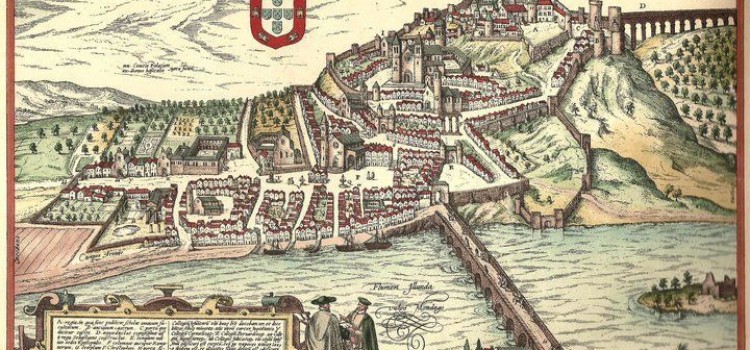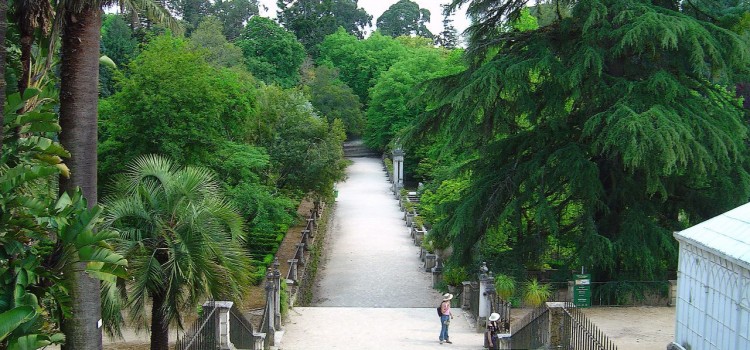By tourist on June 6, 2015
About Coimbra, Cultural tourism, Slider

The reconquest of the territory was attained in 1064 by King Ferdinand I of León and Castile, who appointed Dom Sisnando Davides to reorganize the economy and administer the lands encircling the city. The County of Portucale and the County of Coimbra were later integrated into one dominion under the stewardship of Henry of Burgandy byAlfonso VI of León and Castile in 1096, when Henry married […]
By tourist on June 6, 2015
About Coimbra, Cultural tourism

Coimbra is romantic the king’s forbidden love of Pedro and Inês de Castro is one of its episodes more marcantes. A Quinta das Lágrimas was the scene of forbidden love of Pedro and Dona Inês de Castro, a Galician noblewoman, lady accompanied his wife Dona Constance. According to legend, it was at Quinta das […]
By tourist on June 6, 2015
About Coimbra, Cultural tourism

The first Muslim campaigns that occupied the Iberian peninsula occurred between 711 and 715, with Coimbra capitulating to Musa bin Nusair in 714. Although it was not a large settlement, Qulumriyah (Arabic: قُلُمْرِيَة), in the context of Al-Andalus, was the largest agglomerated centre along the northern Tagus valley, and its principal city boasted a walled enclosure of 10 hectares, supporting between […]
By tourist on June 6, 2015
About Coimbra, Cultural tourism

The city, located on a hill by the Mondego River, was called Aeminium in Roman times. It fell under the influence, administratively, of the larger Roman villa of Conímbriga (in Condeixa-a-Nova), until the latter was sacked by the Sueves and Visigoths between 569 and 589 and abandoned. It became the seat of a diocesis, replacing Conímbriga. Although Conimbriga had been administratively important, Aeminium affirmed its position by being […]
By tourist on June 6, 2015
Activities, Coimbra, Do, Go

The Botanical Garden of the University of Coimbra, Jardim Botânico da Universidade de Coimbra or simply Jardim Botânico is a botanical garden in Coimbra,Portugal. It was founded in 1772-1774 and it was integrated with the Natural History Museum established by the Marquis of Pombal. The location for the Hortus Botanicus–part of the farm of S. Bento’s College in the Ursulinas Valley–was chosen by the vice-chancellor […]







